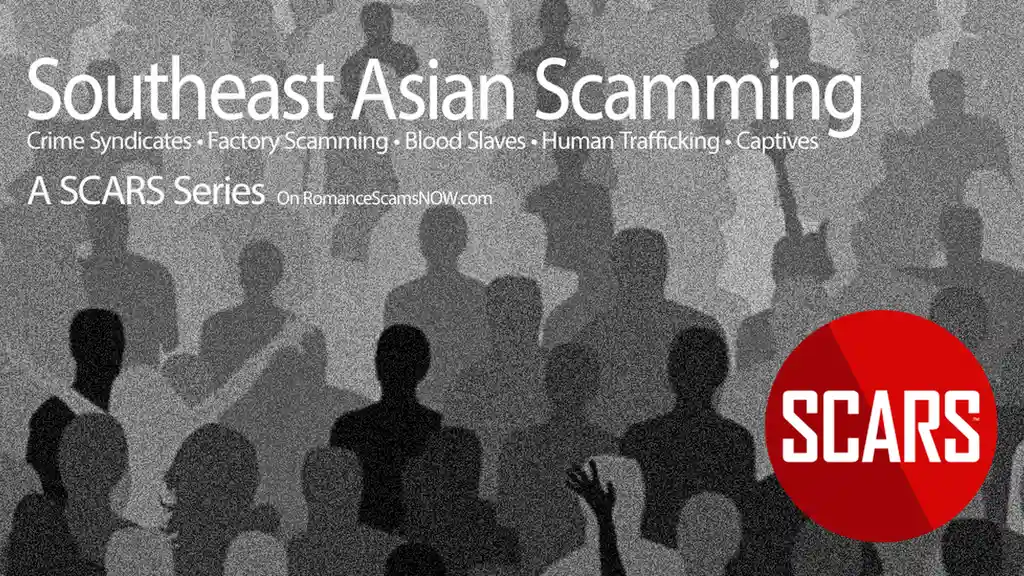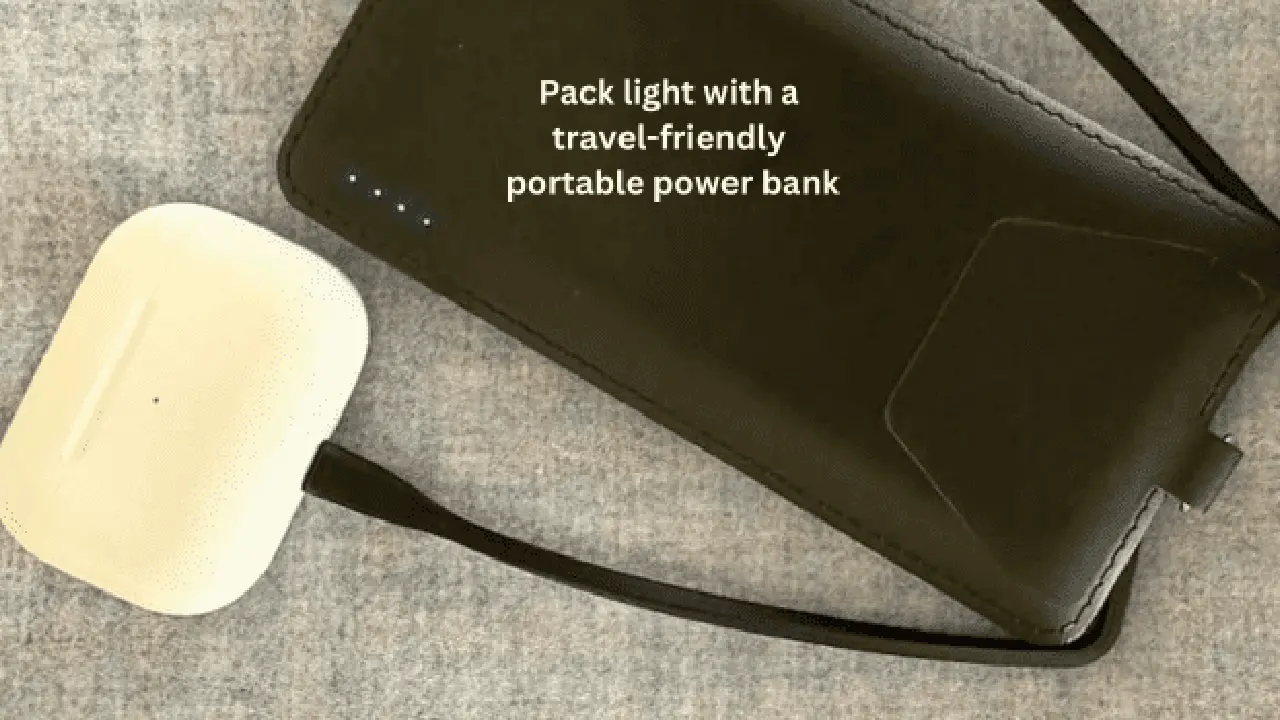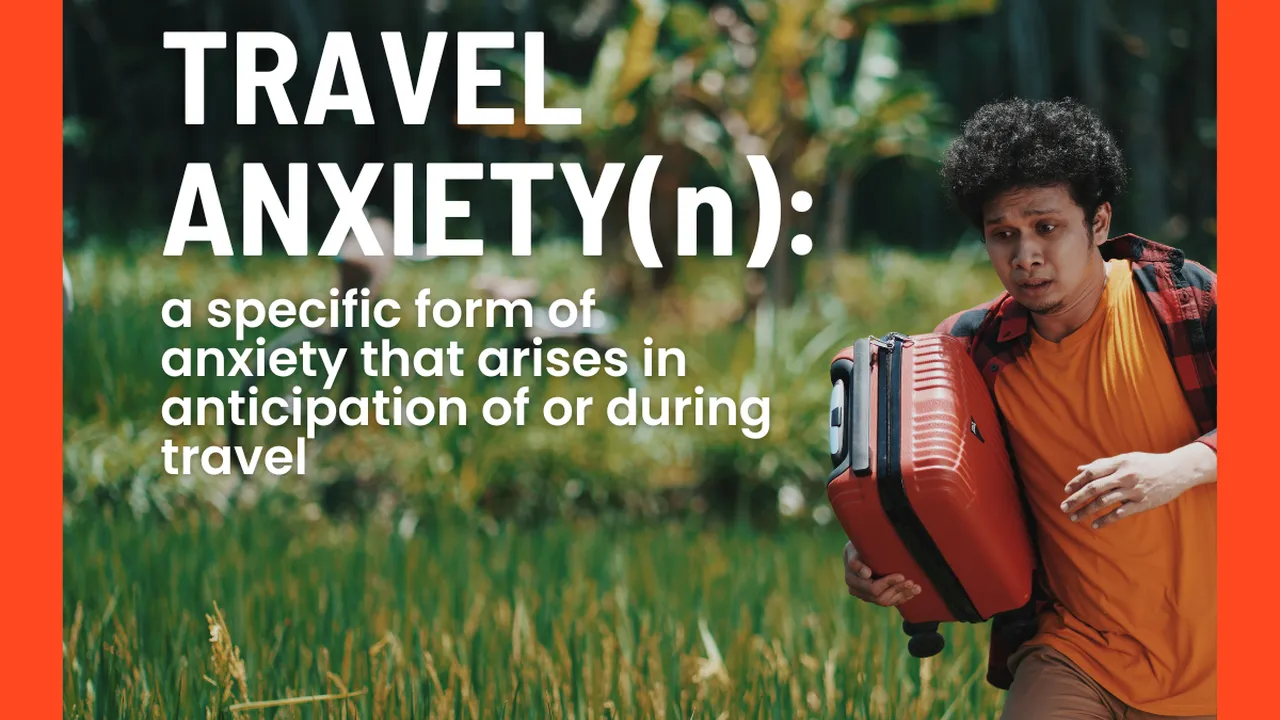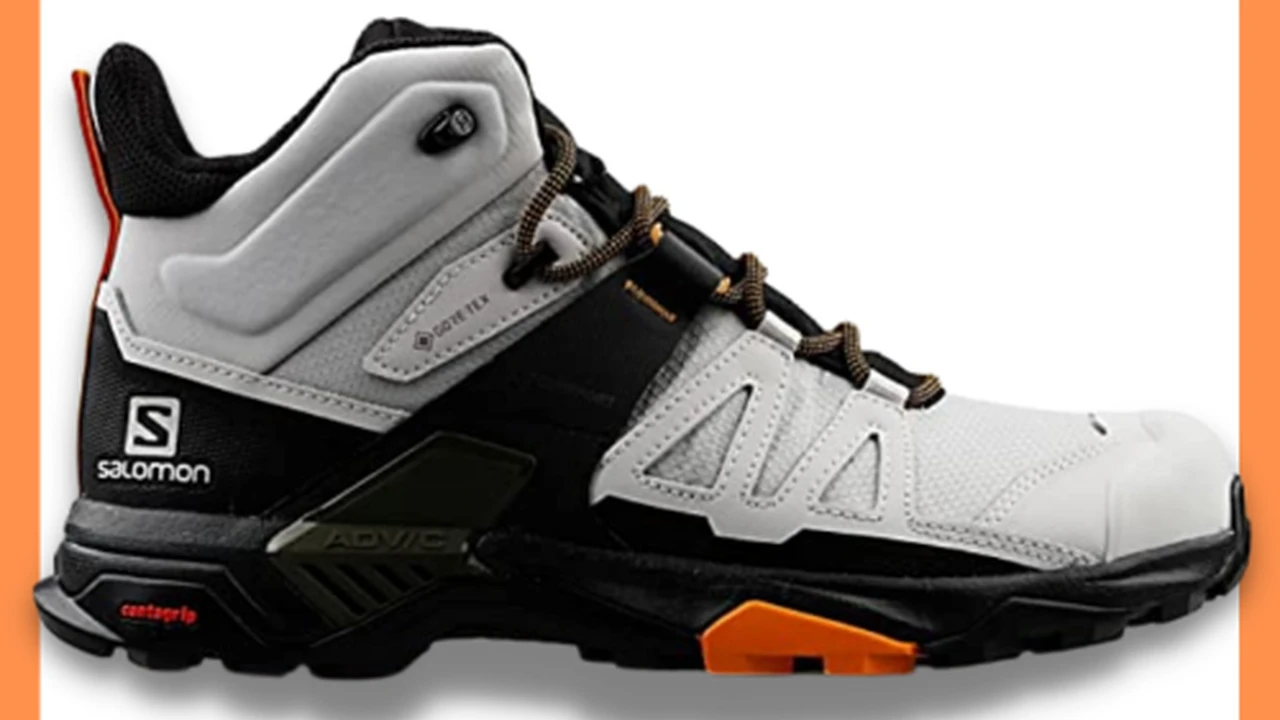Avoiding Scams in Southeast Asia
Prepare for unforgettable adventures in Southeast Asia, but stay smart! This guide teaches you how to spot and dodge common scams targeting tourists. Keep your belongings safe, stay informed, and enjoy a more authentic, safer trip. Learn the tricks scammers use and how to protect yourself.

Common Tourist Scams in Southeast Asia Understanding the Risks
Southeast Asia is a backpacker's paradise, but unfortunately, it also attracts scammers looking to take advantage of unsuspecting tourists. Being aware of the common scams is the first step in protecting yourself. These scams often exploit tourists' unfamiliarity with local customs, languages, and currency. Let's dive into some of the most prevalent scams you might encounter.
The Gem Scam
This classic scam involves a friendly local striking up a conversation and inviting you to a \"special\" gem store. They'll claim the gems are a fantastic investment, especially for resale back home. The gems are usually worthless, and you'll be significantly overcharged.
The Taxi/Tuk-Tuk Overcharge
A very common scam is taxi or tuk-tuk drivers refusing to use the meter or quoting inflated prices, especially to tourists unfamiliar with the local rates. They might also take you on a longer, more scenic (and expensive) route.
The Closed Attraction Scam
A driver will tell you that a popular temple or attraction is closed for a special ceremony or holiday, and then offer to take you to a \"better\" (and more expensive) alternative, often a shop where they receive a commission.
The Motorbike Rental Scam
You rent a motorbike, and upon returning it, the rental company claims you damaged it and demands exorbitant repair costs. Sometimes, they might even have a pre-existing scratch that they try to blame on you.
The Fake Police Scam
Individuals posing as police officers might approach you, accuse you of a minor offense (like smoking in a non-smoking area), and demand an on-the-spot fine. These \"fines\" go directly into their pockets.
The Friendship Bracelet Scam
Someone approaches you, puts a friendship bracelet on your wrist, and then demands payment for it. If you refuse, they can become aggressive.
The Shoe Shining Scam
Someone offers to clean your shoes, often without being asked. Afterwards, they demand an unreasonably high price for the service.
The Beggar with a Baby Scam
While genuine poverty exists, some beggars exploit tourists' sympathy by using drugged or rented babies. The money often doesn't go to the child's well-being.
The ATM Scam
Be cautious when using ATMs, especially in less crowded areas. Scammers might install card skimmers to steal your card information or observe your PIN.
Protecting Yourself from Scams Practical Tips for Travelers
Now that you're aware of these common scams, let's discuss practical steps you can take to avoid becoming a victim.
Research and Plan Ahead
Before you travel, research common scams in the specific countries you'll be visiting. Read travel blogs and forums to learn about recent scams and how others have avoided them. Plan your itinerary and transportation in advance whenever possible.
Trust Your Gut Instinct
If something feels off or too good to be true, it probably is. Trust your intuition and don't be afraid to politely decline offers or walk away from situations that make you uncomfortable.
Bargain Respectfully
Bargaining is common in many Southeast Asian markets, but always do so respectfully. Know the approximate value of what you're buying and be prepared to walk away if the price is unreasonable. A little research goes a long way.
Use Reputable Transportation
Stick to reputable taxi companies or ride-sharing services like Grab or Uber when available. Always insist on using the meter or negotiate a price before starting your journey. Avoid unlicensed taxis or tuk-tuks.
Be Wary of Overly Friendly Strangers
While Southeast Asians are generally friendly, be cautious of strangers who are excessively eager to help or offer unsolicited services. Scammers often use friendliness as a way to gain your trust.
Protect Your Valuables
Keep your valuables secure and out of sight. Use a money belt or hidden pouch to carry cash, credit cards, and your passport. Be especially vigilant in crowded areas.
Be Careful with Your Drink
Never leave your drink unattended, and be wary of accepting drinks from strangers. Drink spiking is a real concern, especially in tourist areas.
Use ATMs Wisely
Use ATMs located inside banks or in well-lit, secure areas. Check for any signs of tampering before inserting your card. Cover the keypad when entering your PIN.
Report Suspicious Activity
If you suspect you've been targeted by a scam, report it to the local police or tourist authorities. Even if you didn't lose any money, reporting the incident can help prevent others from becoming victims.
Learn Basic Phrases in the Local Language
Knowing a few basic phrases in the local language can help you communicate with locals and avoid misunderstandings. It also shows that you're making an effort to respect their culture.
Recommended Anti-Theft Gear for Southeast Asia Travel
Investing in some anti-theft gear can provide an extra layer of security and peace of mind during your travels.
Pacsafe Travelsafe X15 Anti-Theft Portable Safe
This portable safe is perfect for securing your valuables in your hotel room or hostel. It's made from slash-resistant fabric and features a locking cable that can be attached to a fixed object. It typically retails for around $100-$130. Ideal for laptops, cameras, and other electronics. It's heavier than other options but provides excellent security.
Travelon Anti-Theft Classic Messenger Bag
This messenger bag is designed with slash-resistant panels, locking compartments, and RFID-blocking technology to protect your belongings from theft and identity theft. Prices range from $60-$80. It's a great everyday bag for carrying your essentials while exploring cities. It's stylish and functional, but the locking mechanisms can take some getting used to.
Lewis N. Clark RFID Blocking Stash Wallet
This slim wallet is designed to be worn under your clothing and features RFID-blocking technology to protect your credit cards from electronic theft. Expect to pay around $20-$30. Perfect for keeping cash and credit cards secure while traveling. It's lightweight and discreet, but it might not be suitable for carrying a lot of items.
Master Lock 5900D Set Your Own Combination Portable Personal Safe
This small, portable safe is ideal for securing your phone, wallet, and other small valuables while you're swimming, hiking, or otherwise away from your belongings. It usually costs between $25-$35. Great for the beach, pool, or other situations where you need to leave your valuables unattended for a short period. It's not as secure as a larger safe but provides basic protection.
Comparing Anti-Theft Backpacks A Quick Guide
Choosing the right anti-theft backpack can make a big difference. Here's a quick comparison of some popular options:
- Pacsafe Venturesafe X22 Anti-Theft Adventure Backpack: More expensive (around $150-$180), but offers excellent security features and ample storage space. Great for longer trips and outdoor adventures.
- Travelon Anti-Theft Urban Backpack: A good mid-range option (around $80-$100) with a stylish design and decent security features. Suitable for everyday use and city travel.
- Korin Design ClickPack Pro Anti-Theft Backpack: Features a unique TSA lock and slash-resistant fabric. Priced around $120-$150. Known for its innovative design and security features.
Staying Aware and Alert A Constant Vigilance
The best defense against scams is to stay aware of your surroundings and be alert to potential risks. Avoid walking alone at night in poorly lit areas, and be cautious of anyone who approaches you with an unsolicited offer or request. By staying vigilant and following these tips, you can significantly reduce your risk of becoming a victim of scams and enjoy a safer, more rewarding travel experience in Southeast Asia.
:max_bytes(150000):strip_icc()/277019-baked-pork-chops-with-cream-of-mushroom-soup-DDMFS-beauty-4x3-BG-7505-5762b731cf30447d9cbbbbbf387beafa.jpg)






